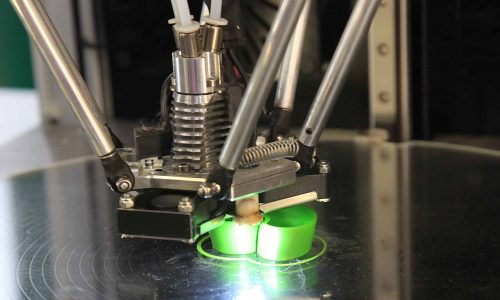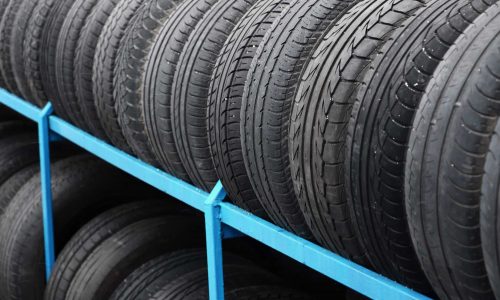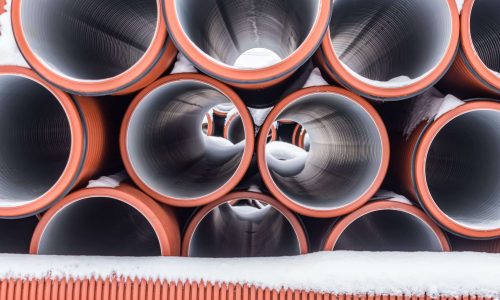
Crosslinking
In materials science and biology, crosslinking means to provide chemical bonding between polymeric chains. For various materials, crosslinking ensures good mechanical properties and chemical stability. One common way is to use specific molecules with reactive groups and functions able to link covalently the polymeric chains.
https://doi.org/10.1039/C8BM01246F
Have a look on our catalogue of functional molecules, a large range of molecules bearing polymerizable functions or other reactive groups could meet your expectations!
Thermosettings
Covalent reticulation is used in various technologies of commercial and scientific interest to control and improve the properties of the material or at the interface with the polymer. This is the case for thermosetting polymers, usually named thermosets, for which the curing step allows the crosslinking of the resin: the reticulation occurs and leads to the formation of a tridimensional network of connected polymer chains by chemical bonds.


Vulcanisation of rubber
Vulcanization of rubber thanks to sulfur is one of the best-known examples of crosslinking. Thanks to this process, raw rubber is converted from a weak polymer to a high-resistant elastomeric compound. Such technology leads in our car tires, which were fragile and not wear resistant at all before vulcanization.
https://doi.org/10.1016/j.compositesa.2005.06.014
SiKÉMIA offers a wide range of chemical compounds with at least two functional groups, which are adapted to the chemistry of reticulated compounds. You couldn’t find the right molecule in our catalogue? No worries, our chemists may be able to synthesize it.
Paints&Coatings
Crosslinking plays also an important role in the paint industry. Some coatings are obtained by reticulation of the polymeric matrix composing the continuous part of the film, which can result from temperature, UV, IR or electron irradiation. The crosslinking ensures a good mechanical strength and integrity of the final layer.


Fillers Linking
In advanced multi-component materials, not only crosslinking can help to ensure good mechanical properties, but also the incorporation of fillers in the matrix: (nano)particles, fibers, and other 2D and 3D objects. Providing covalent bonding of these fillers with the matrix helps to prevent delamination and increases the mechanical properties of the resulting material.
